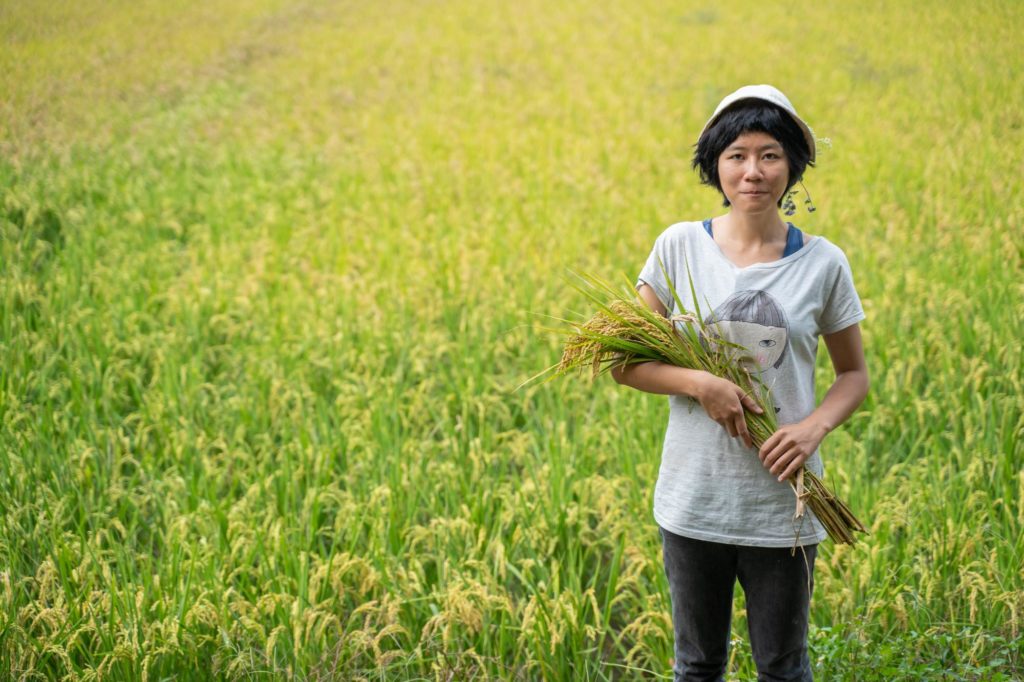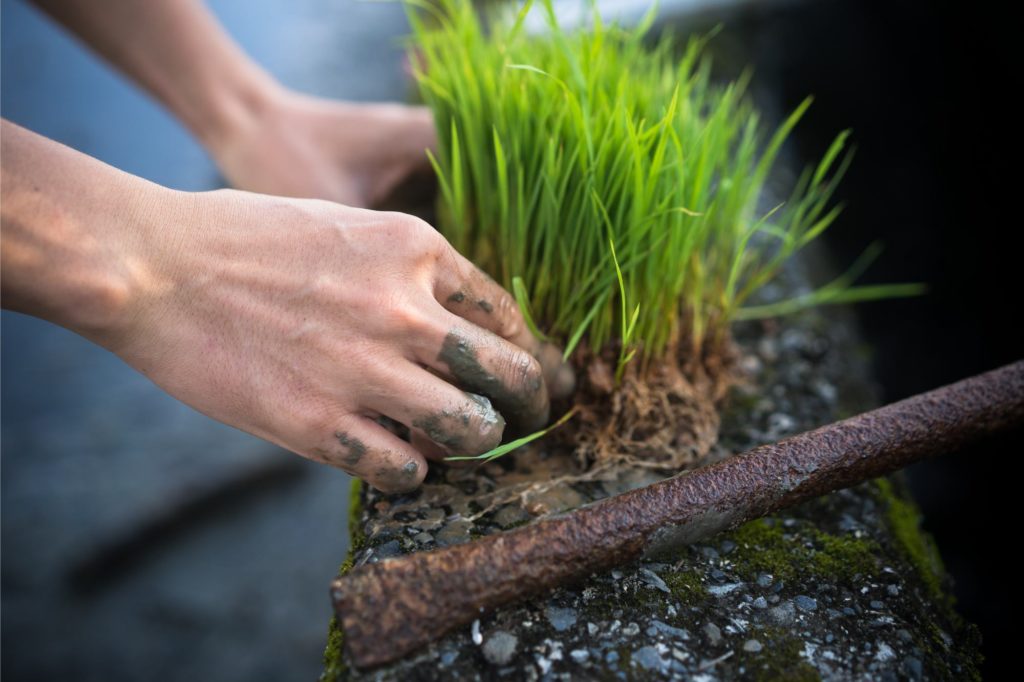Exploring the World of Flavors: A Tribute to Global Cuisine
Food is a universal language that transcends all barriers. I

【Rice Agri-food education】 Rice Planting Process: Breeding, Ploughing, Transplanting, Management, Field Drying, Harvesting
內容目錄
Toggle有人說「培育出好的秧苗,是成功種稻的一半。」由此可見,培育秧苗在水稻栽培中扮演很重要的角色。通常從買稻苗到插秧、收成,大約要 120 天左右的時間,但如果農夫要自己育苗,要再多花 60 天的時間,其實是一件辛苦的事。
有些農夫會直接買稻苗來耕種,而有些堅持自然農法的農夫會選擇自己育苗,這樣就能避免稻苗在育苗場的育苗過程中,被施用了農藥或肥料。而且從當地風土裡成長的水稻,孕育出來的是更強壯、更合適在地的秧苗。
Some people say that “cultivating good seedlings is half of successful rice cultivation.” It can be seen that cultivating seedlings plays an important role in rice cultivation. Usually, it takes about 120 days from buying rice seedlings to transplanting and harvesting, but if the farmer wants to raise the seedlings by himself, it will take another 60 days, which is actually a hard job.
Some farmers will directly buy rice seedlings for cultivation, while some farmers who adhere to natural farming methods will choose to raise their own seedlings, so as to avoid the rice seedlings being applied with pesticides or fertilizers in the process of raising seedlings. Besides, Rice grown in the local terroir produces seedlings that are stronger and more suitable for the ground.

在育苗過程中,非常考驗農人的技術和耐心,我們來看看育苗的 5 個主要步驟吧:
In the process of raising seedlings, the skills and patience of farmers are very tested. Let’s take a look at the 5 main steps of raising seedlings:
農夫先將田中的泥土做翻覆再弄平整的動作。農夫在種米之前,會先打田,打田的目的一方面是要將稻田上的有機質打到土壤裡,也藉由翻動土壤,讓底下的泥土也可以和表層的泥土互換一下。另一方面,打田可以把泥土搗鬆,讓田裡的泥土不會硬硬的,讓稻子更容易生長。通常在農夫種稻子以前,會進行 3次的打田, 每一次的打田,都有不同的目的與功能。
The farmers first overturns the soil in the field and then smooth it out. Before planting rice, the farmers will first plough the fields. The purpose of ploughing is to knock the organic matter from the paddy fields into the soil, and to plough the soil so that the soil underneath can be exchanged with the soil on the surface. On the other hand, pounding the field can loosen the soil, so that the soil in the field will not be hard, making it easier for rice to grow. Usually, before a farmer grows rice, he will plough the fields three times, and each time for a different purpose and function.

田地準備好以後,就可以用插秧機,將秧苗插到土中。通常 2-4 支秧苗合為一株,以 15 -20 公分的間隔來插秧,而插秧後的行株距則為 30 公分左右,剛好可以容納一個人步行通過。
After the field is ready, the rice transplanter can be used to insert the seedlings into the soil. Usually 2-4 seedlings are combined into one set, and the seedlings are transplanted at intervals of 15-20 cm, and the row spacing after transplanting is about 30 cm, which is just enough for one person to walk through.

插秧後就要做田間管理啦,包括灌水、排水、追肥、除草、防治害蟲等等。
Field management should be done after transplanting, including irrigation, drainage, top dressing, weeding, pest control and so on.

很多人以為水田會永遠都有水,其實必須配合稻米生長狀況來調整水深。通常會在分蘗期最後,把田裡的水放乾,讓氧氣進入土壤中,保持根部健康。
Many people think that paddy fields will always have water, but in fact, the water depth must be adjusted according to the growing conditions of rice. Usually at the end of the tillering period, the field is drained to allow oxygen to enter the soil and keep the roots healthy.
接著就等田裡呈現一片金黃色,便可以請收割機來收割稻浪啦!
Then, when the fields are golden yellow, you can call the harvester to harvest the rice.

歡迎註明出處並轉載、分享,也歡迎預約雙語米食文化體驗課程喔!
Welcome to indicate the source and share the articles, and also welcome to book a rice culture experience tour with us!
Food is a universal language that transcends all barriers. I
W dzisiejszych czasach, kasyna online stają się coraz bardzi
Stepping into the vibrant world of online casinos can be an